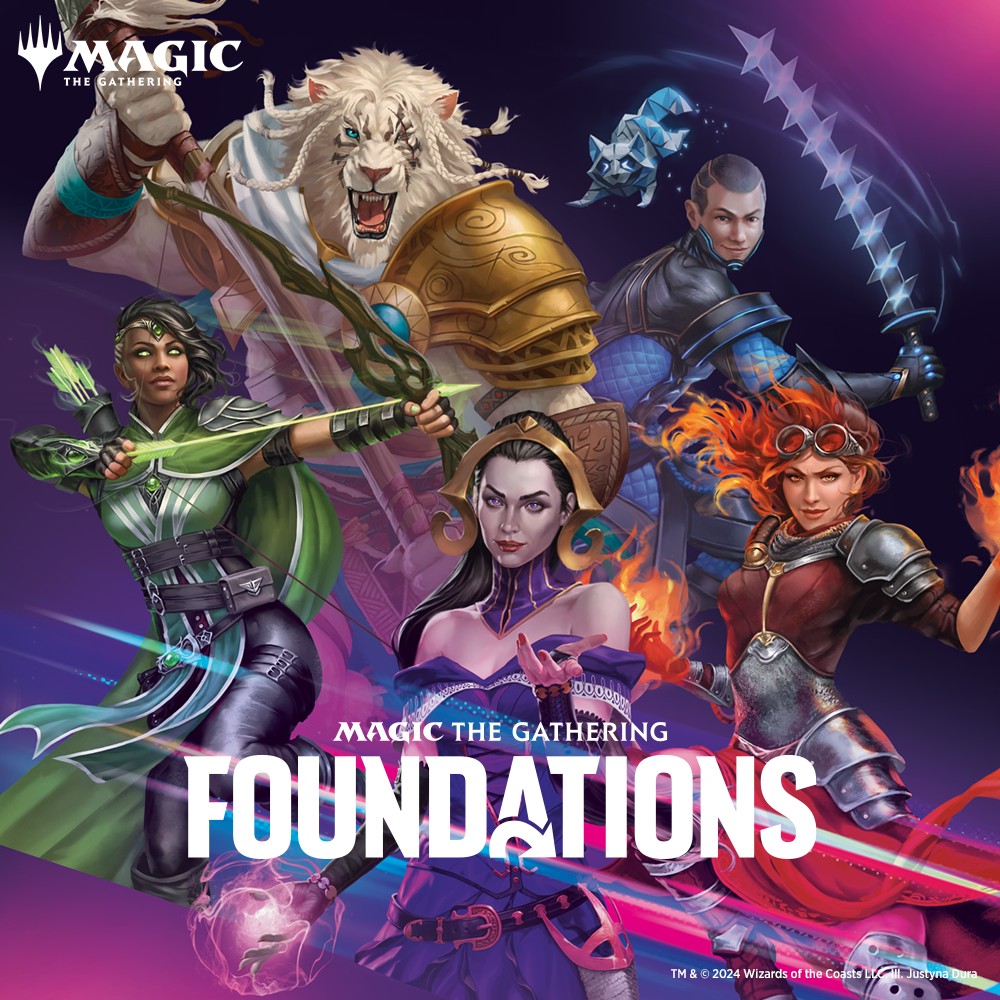For the most part, the articles I’ve discussed are of a lower power level. I enjoy a mid to higher tier level of power but also promoting a long game of interesting interactions. As a result, I’ve been known to dabble in competitive EDH but let’s talk just a touch below that. Let’s talk about a high power level deck that has the potential to make a stand at a cEDH table but also the more middle of the road decks. Enter stage right, Ruric Thar, the Unbowed... I mean Lord Windgrace
This deck starts the same as most Lord Windgrace decks, with the idea of choking your opponents on mana and taking advantage of drawing multiple cards a turn, but it also just punishes your opponents for making it through and casting spells. The deck functions by having what is essentially a secret commander of Ruric Thar, the Unbowed with the added bonus of having card advantage in the command zone. The deck functions off of a full reanimation package and various stax effects to prevent your opponents interaction. Let’s go over some of the key lock pieces.
Blood Moon, Stranglehold, Void Winnower, Sire of Insanity, Null Rod, Possibility Storm


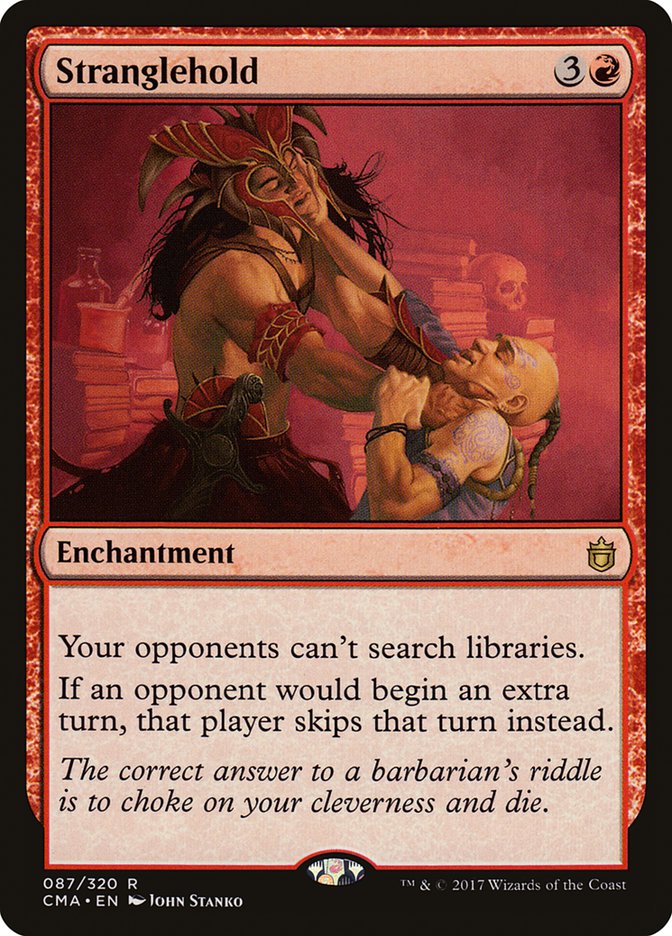



Each of these cards interact with the opponent’s ability to affect the board state in various ways. Sire of Insanity works to keep the opponents empty handed, while Stranglehold prevents additional turns as well as the ability to tutor or search with fetch lands for your opponents. Void Winnower is a strong effect that turns off so much of the effective interaction in the format, especially against your Blood Moon effects. While a lot of people scoff at the idea of Blood Moon in the format, the effect it has on the board state is often undeniable especially when powered out early. Keeping your opponents off of their mana without having to cast several spells to destroy their lands is an often game winning effect. While Magus of the Moon is so easily killed by average creature removal in the format, the second Blood Moon effect is a nice addition to the deck. As well, the inclusion of Null Rod may not be great in all metas, but in the ones it hoses, it does well. The artifact count in this deck is low due to the inclusion of this card.
Of course, following the lock pieces, we need to discuss how the deck accelerates into them and keep our deck functioning at a higher power level because some of the mana costs are a touch high.
Elvish Mystic, Dark Ritual, Treasonous Ogre,
Xenagos, the Reveler, Carpet of Flowers, Wild Growth



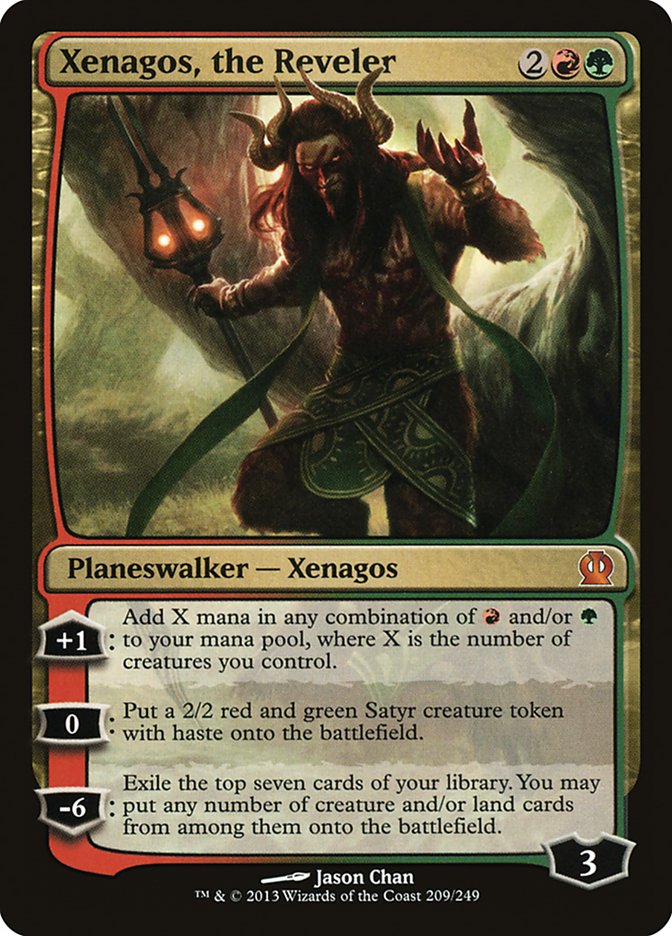
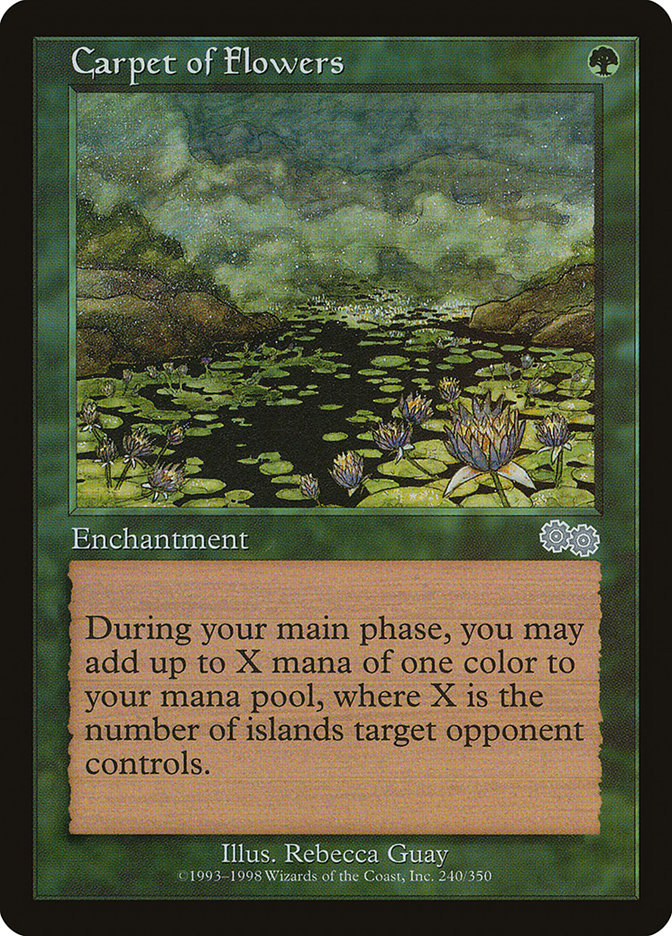
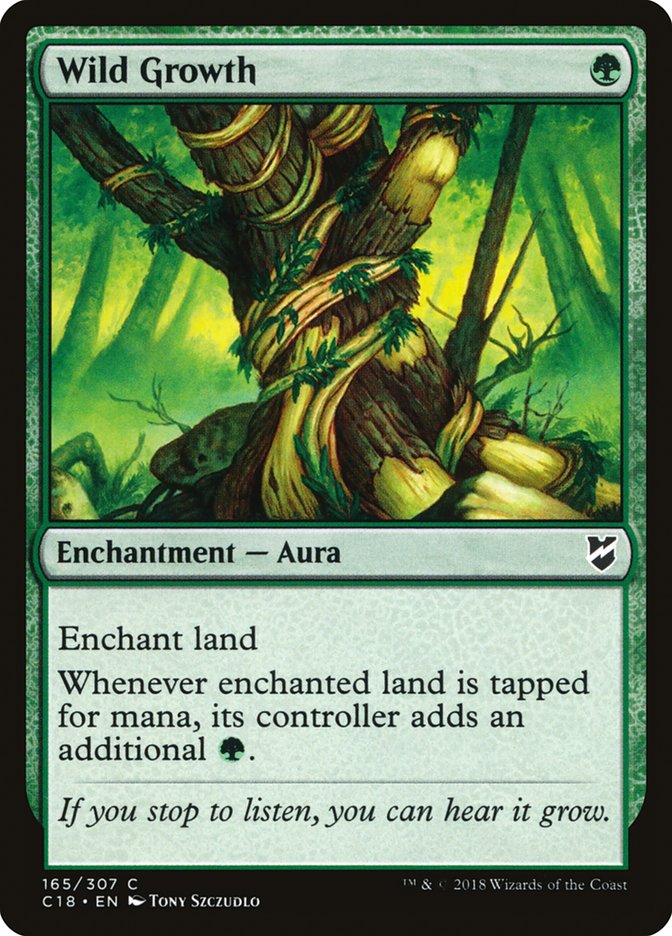
Now this is far from the full list, but you’ll notice that every creature other than Magus of the Moon and Scavenging Ooze that costs 4 or less mana in the deck functions as ramp in some way. They all function to power out our commander and lock pieces within the first few turns of the game. The raw number of them is also there for consistency. Being able to curve out is key to winning with this deck, as well as being able to cast more than one spell a turn once you get your card advantage engines going. This also helps with the low land count. Most decks run north of 35 lands while this list runs 33. Doesn’t sound like a lot, but it has a direct effect on your draws and the number of cards you have that discard to Lord Windgrace. Another key part of this is the average converted mana cost in the deck. Most of the deck relies on the lower side of the curve with an extremely high reliance on the one and two mana slots. Keeping this type of curve will help power out your draws and have you casting multiple spells every turn.
I’m not going to go over the general reanimation package, as it’s pretty standard for the format. What I can look at is how the deck wins! (I.E the fun part of playing this deck)
Titania, Protector of Argoth, Inferno Titan, Rakdos, the Showstopper,
Ruric Thar, the Unbowed, Seasons Past
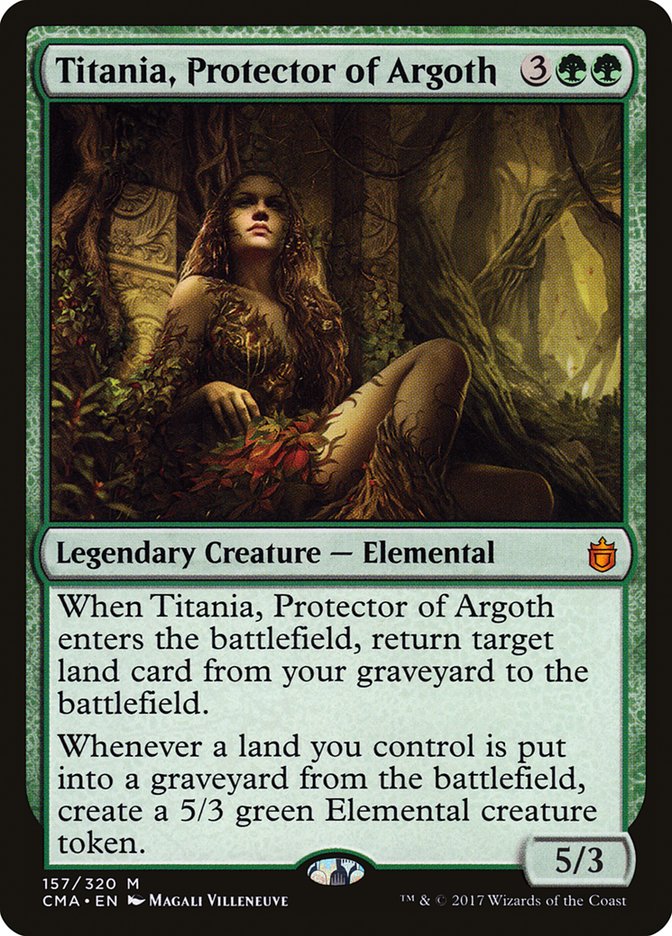
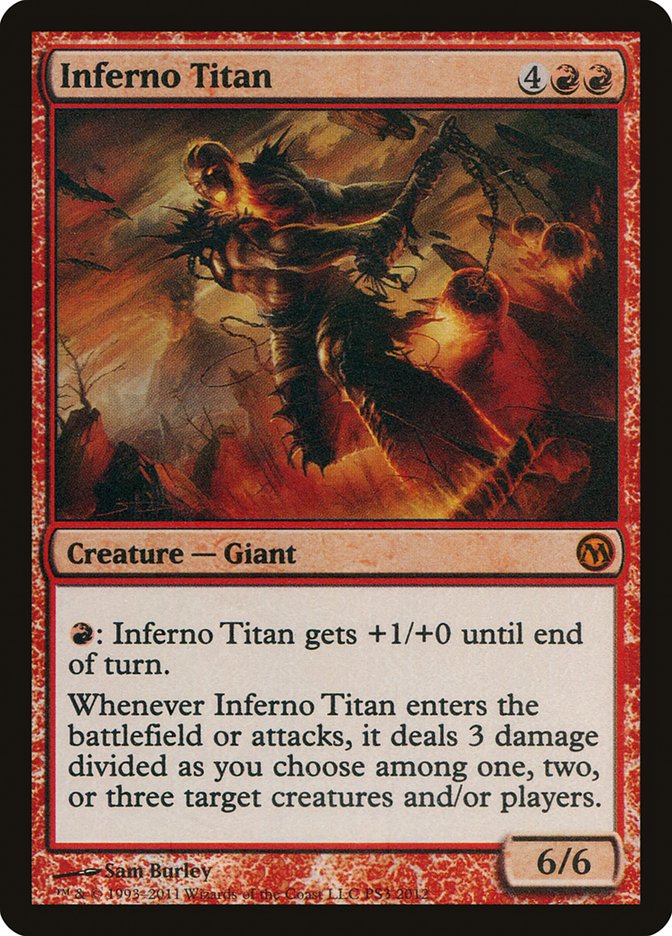


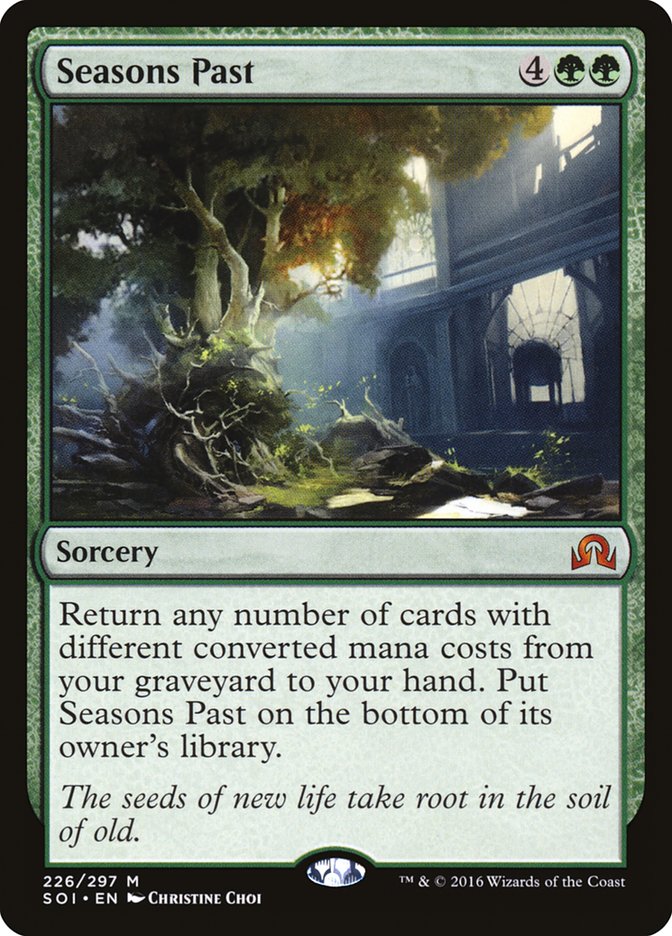
Not a very long list and neither are huge threats. This is where the deck gets the most interesting and creative, as a couple of these cards just aren’t particularly good and at a lower power level. Other than Titania, Protector of Argoth and Ruric Thar, the Unbowed, this section is pretty much purely flex slots. You can put pretty much any win condition in the colour combination that you so desire. Win the game however you like, I do recommend you try and do it through a permanent though. Exsanguinate and friends can be a little harder to cast when you’re blowing up everyone's lands including your own.
So that’s the gist of Ruric Noir! The deck plays as a high power level mid range deck with some softer lock pieces and big guys to end the game quickly. What keeps the power level high in the deck is the raw amount of ramp and the redundancy in the list. Putting multiples of your key pieces (if possible), will help create more consistent games of magic for you. I hope you’ve learned something about deck building today, or just found the list interesting. Let me know your thoughts! Until next time, may your deck always curve out!




